Alan Titchmarsh: I won't hear a bad word about privet hedges, but they're not a patch on my one-off 'country hedge'
Privet hedges have had a bad name for years — not least thanks to Harry Potter — but have plenty to recommend them, says Alan Titchmarsh.

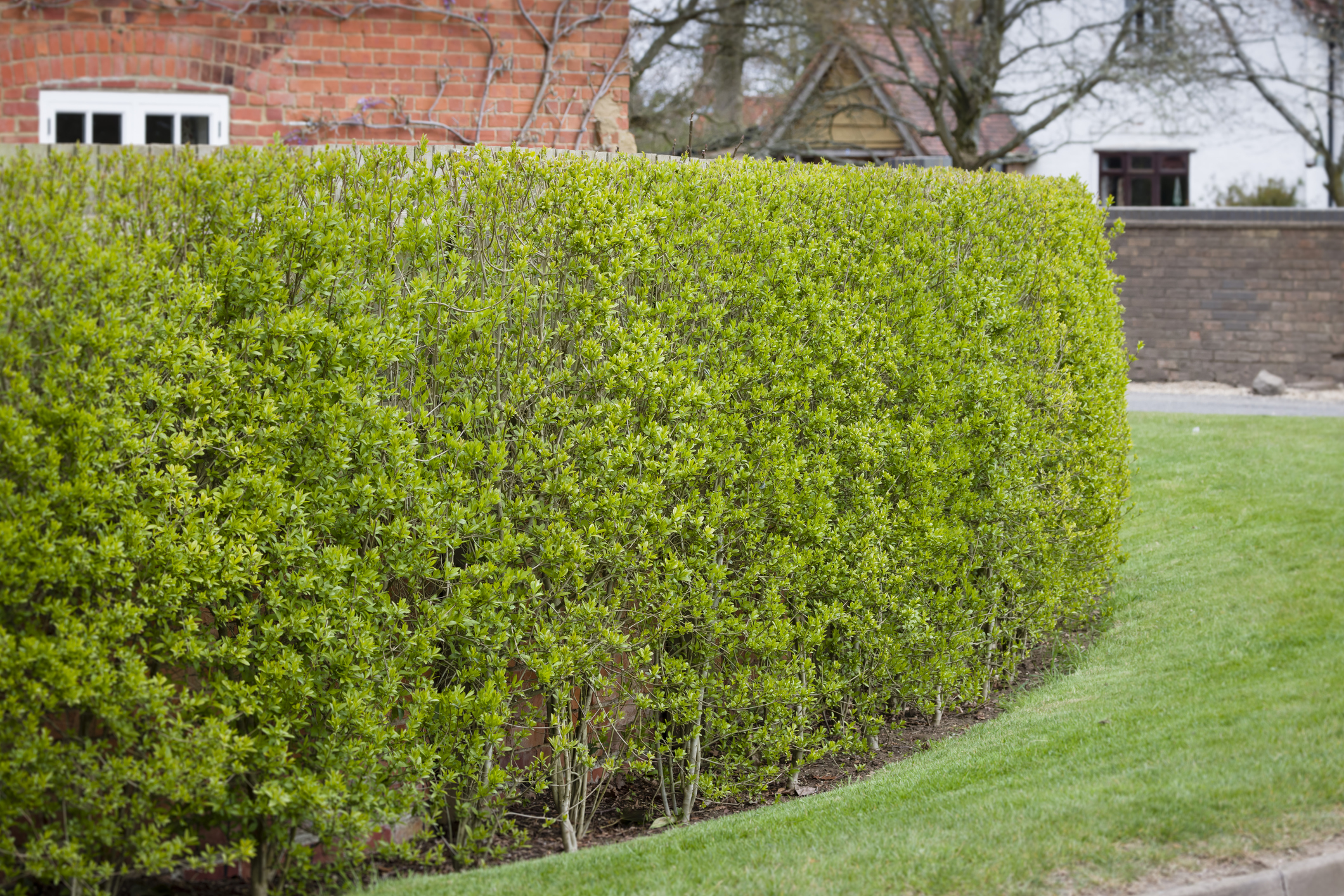
Hedges and I go back a long way. Almost 70 years to be precise. The nature of my first encounter? The hedge in question was that much-reviled semi-evergreen we call privet. Its Latin name — Ligustrum ovalifolium — does at least give it an air of respectability. It was one of the first botanical names I learned and that aroma of the fresh green clippings my dad would ask me to sweep from the pavement outside our house, twice or three times a year, lingers in my nostrils still.
I feel sorry for privet. It has always been much maligned — associated with suburban streets, Betjemanesque criticism and, of late, an unfortunate association with Harry Potter’s unpleasant guardians, who lived in the eponymous drive. But, in spite of all these brickbats, I still have a sneaking admiration for this ‘good doer’. It will grow anywhere, in almost any soil, retains most of its leaves through the winter, is fresh and green in summer and — a factor that made it so popular in the days of pea-souper smogs — remarkably resistant to atmospheric pollution. It is also easy to propagate: I remember my mum creating a new hedge in our back garden by pushing in a row of 18in-long clippings where she needed them to divide the lawn from a narrow flower border. She then let them get on with the job of rooting, which they did without turning a hair.
As children, we discovered a remarkable property possessed by the individual leaves: fold one in half, make a short cut using your fingernail across the centre, sandwich the leaf between your thumbs and blow through the aperture. The sound emitted is a satisfying squawk. Ah, memories...
My taste in hedging might now be more sophisticated, but I will still hear no criticism of privet. My enjoyment and championing of hedges was fostered by its very presence in the streets of our Yorkshire town. Today, my favourite hedge is one I planted 12 years ago on the perimeter of our wildflower meadow. It is a ‘country hedge’, composed of hawthorn, blackthorn, guelder rose, field maple, holly, sweet briar, dog rose, spindle tree and dogwood.
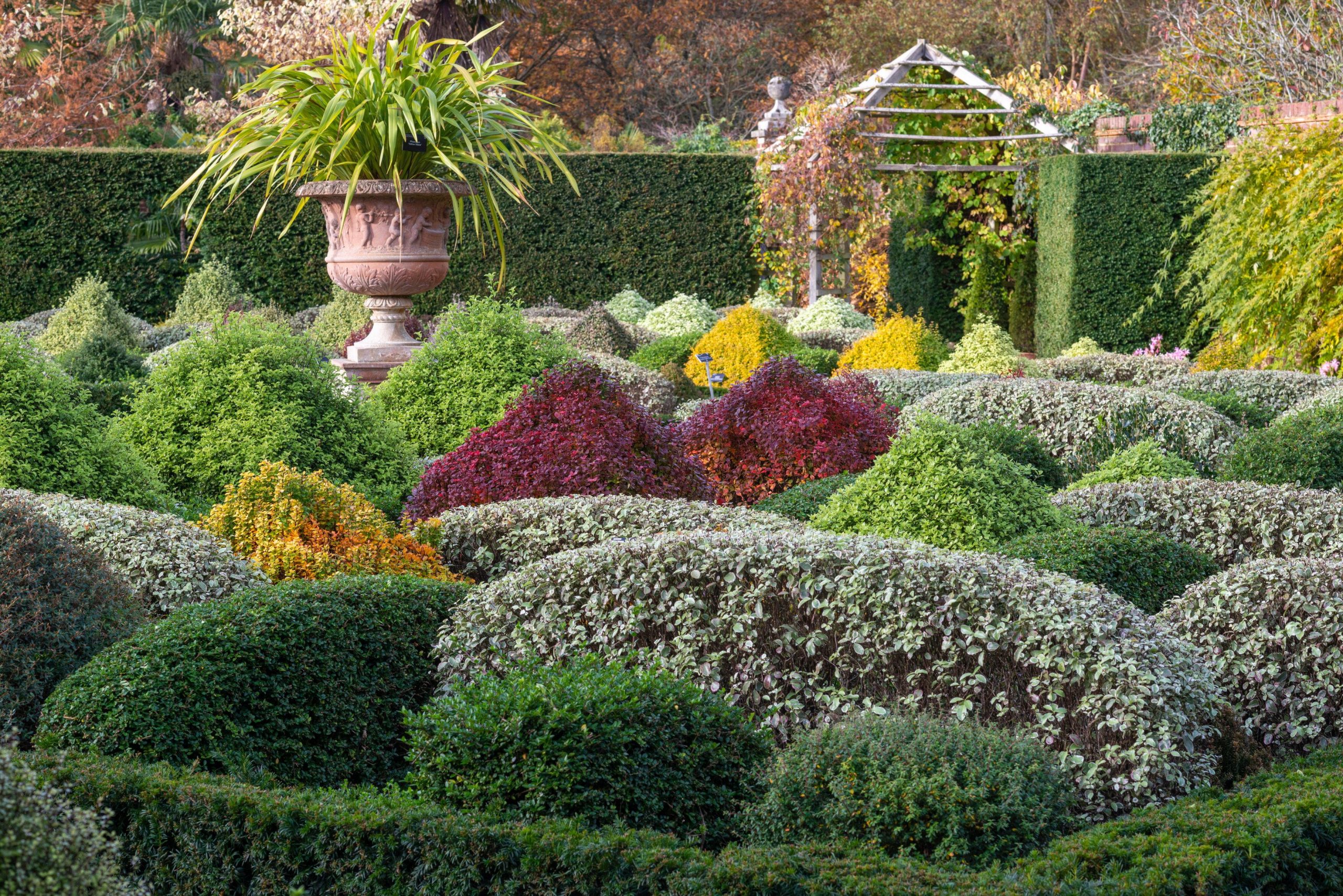
In the early years of its establishment, I snipped it back by about a quarter every March to encourage thickening up. Then I let it go. It is now 10ft tall, 6ft deep and, apart from occasional snipping to remove branches that get in the way, I leave it to its own devices, brooding on the fact that, one day soon, I might have to tackle it again, leaving a few standards of field maple to grow as trees. It acts as a windbreak and a wildlife corridor; it provides food and nesting sites for birds, a shelter for insects, nectar for butterflies — in short, its attributes far exceed those of any garden fence.
"Take a trip to RHS Wisley and look at the dwarf hedging that Matthew Pottage has planted — I saw it a few weeks ago and was, in common parlance, blown away"
In gardens — and where space is limited — different hedging solutions must be found. Being on chalk, I revere the attributes of yew. Faster growing than is often acknowledged (it will easily put on 1ft a year), it thrives in any soil, except those that are waterlogged, and is a great choice for topiary specimens, be they simple cones and pyramids or peacocks and… well, any kind of animal.
When shorter hedges are needed and you don’t want to risk planting box — thanks to the depredations of blight and box-tree moth — there is a wide variety of options available. Lavender is relatively informal in its mound-like habit, but offers fragrance of flower and foliage and nectar that is beloved of bees. There are dwarf forms of holly, including Ilex crenata, and evergreens such as Euonymus japonicus ‘Jean Hugues’, which offer a similar countenance to box without the pest and disease risk. Look, too, at the different varieties of pittosporum, many of which are tolerant of close clipping.
Exquisite houses, the beauty of Nature, and how to get the most from your life, straight to your inbox.
Better still, before you make a decision, take a trip to RHS Wisley in Surrey and look at the trials of dwarf hedging that curator Matthew Pottage has planted in the walled garden beyond the canal. There, you will find all manner of evergreens, woven into an elaborate tapestry to demonstrate their capabilities. I saw it a few weeks ago and was, in common parlance, blown away. Talking of which, if my dad had had a leaf blower back in the 1950s, I might never have needed to sweep up those clippings, but then neither would I have had such a fondness for hedges, wherever they are and whatever they are made from.
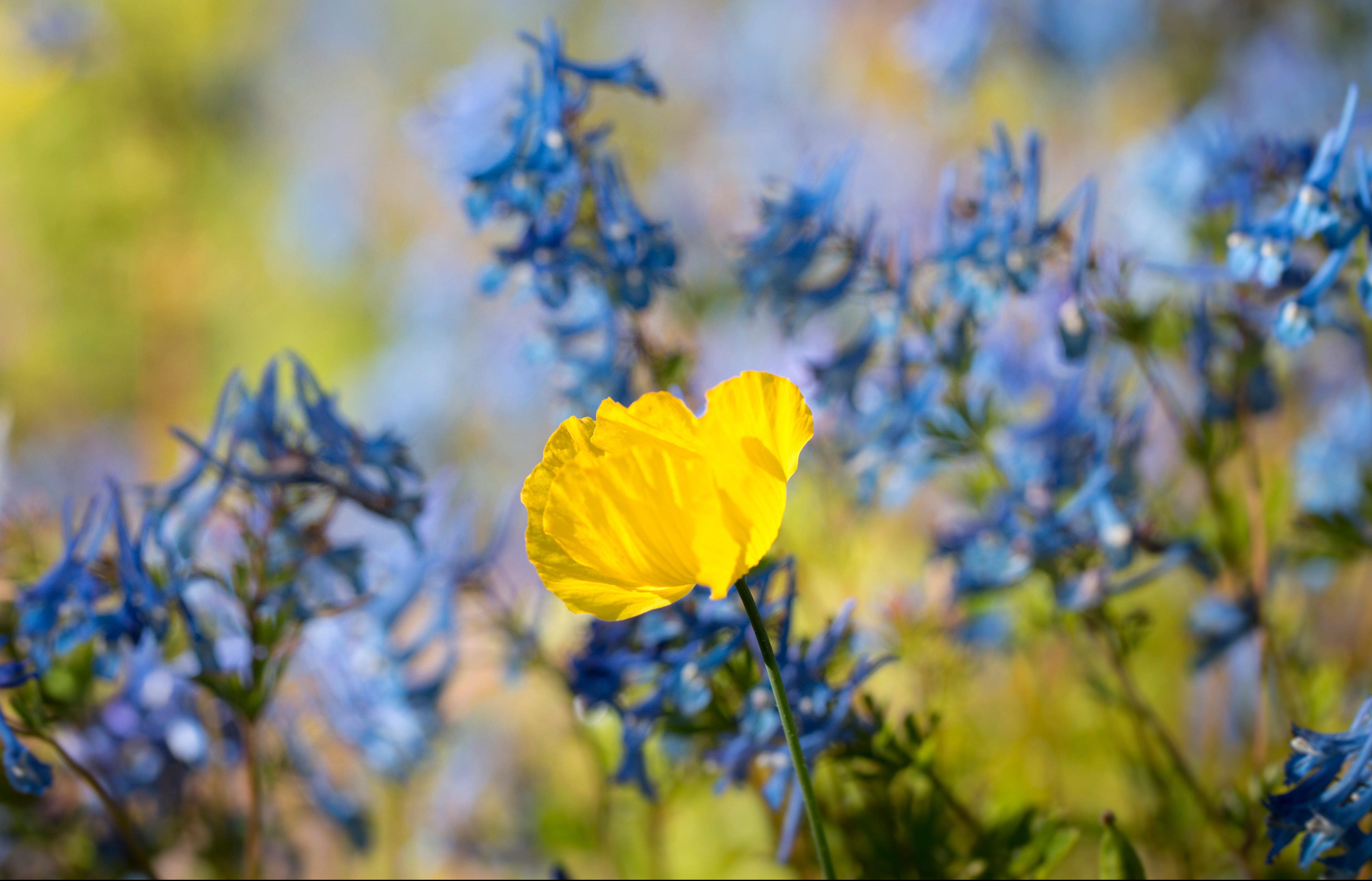
Alan Titchmarsh: The weeds I welcome with open arms
Our columnist Alan Titchmarsh used to spend hours ridding his garden of anything he hadn't planted himself. These days he
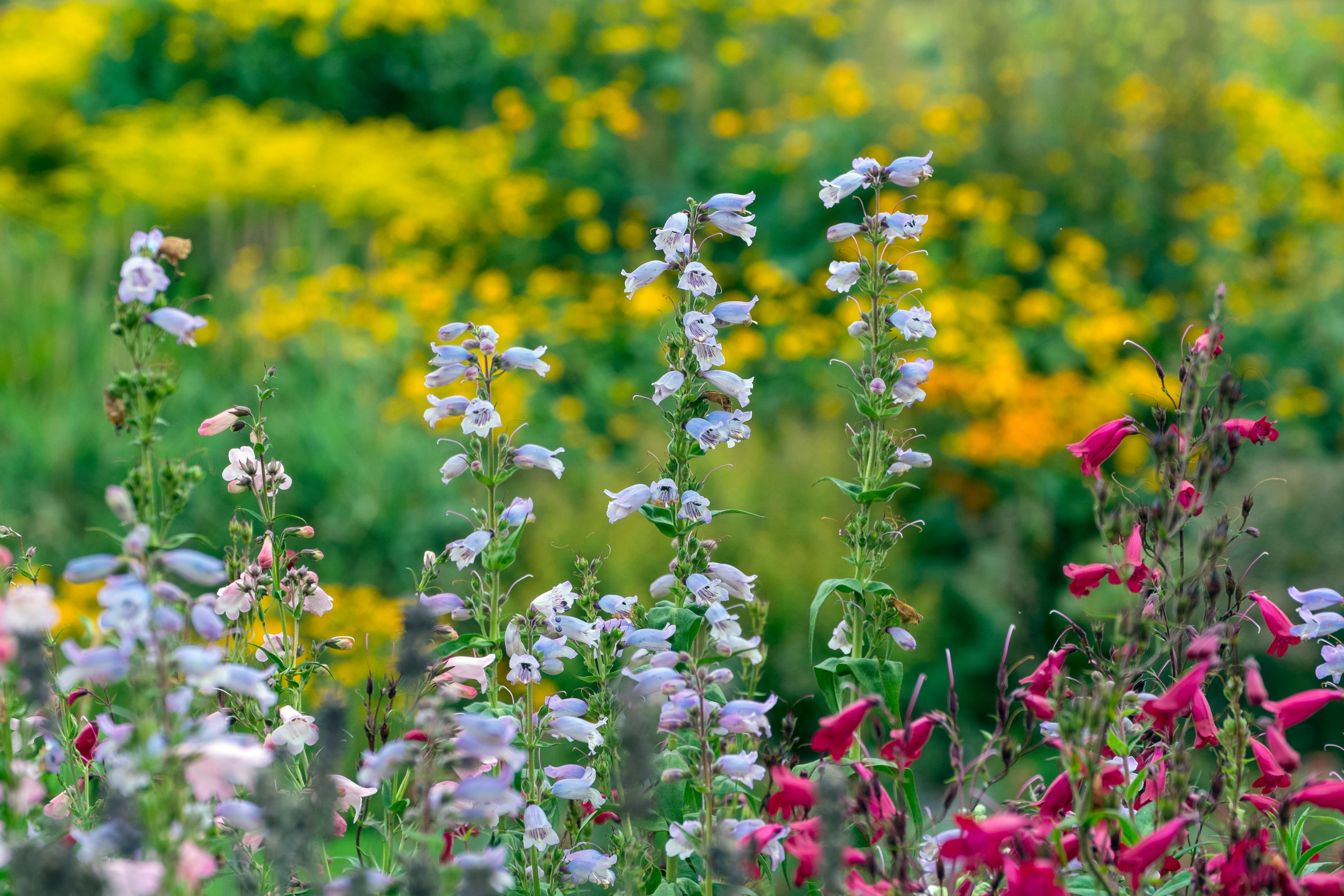
Credit: Gary K Smith / Alamy
Alan Titchmarsh: The ultimate flower for the lazy gardener
Penstemons are easy to grow, hardy, and flower for months — even the slugs don't both them. They might just be
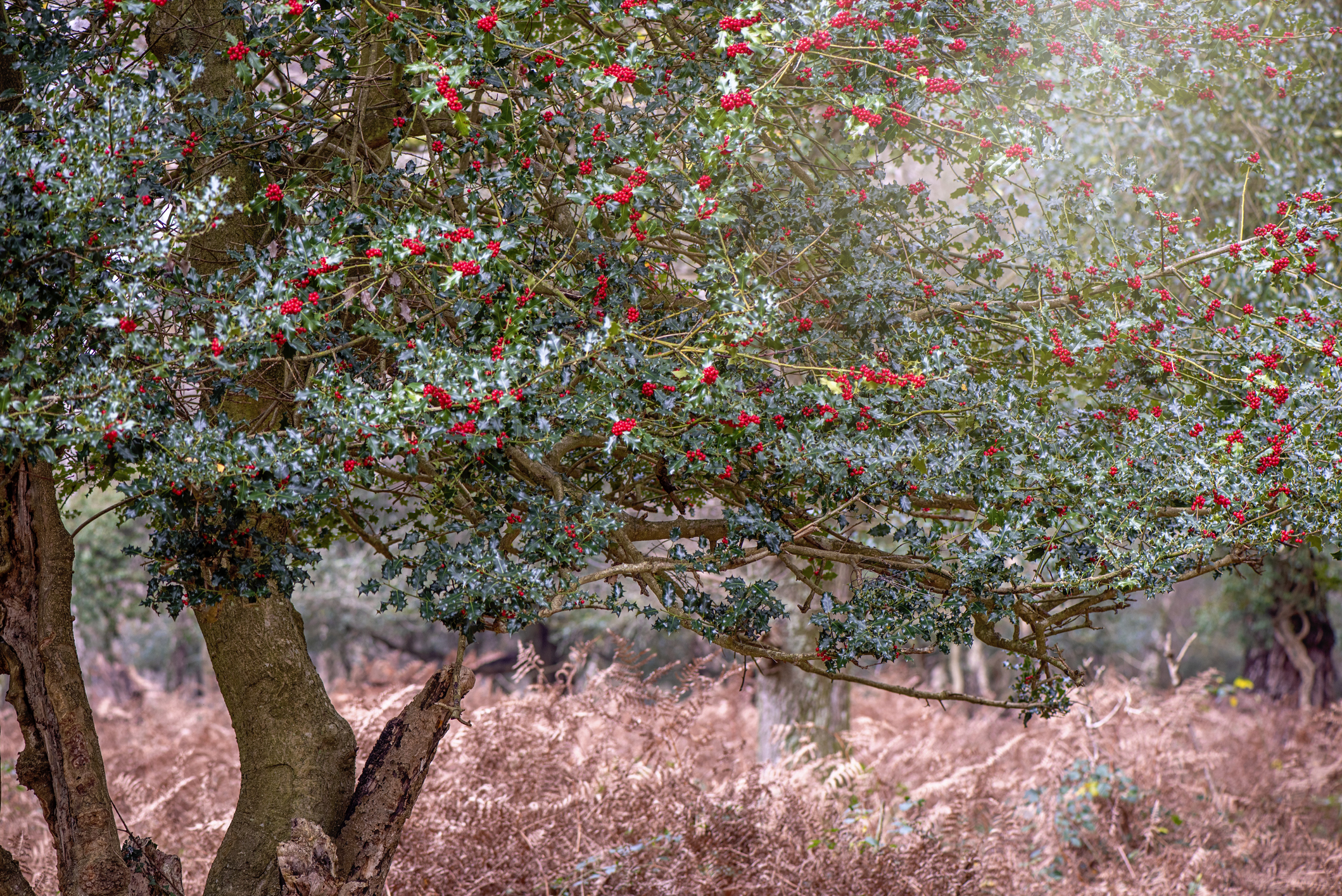
Credit: Jacky Parker / Getty
Alan Titchmarsh: 'Only God’s earth — in the garden and the countryside — is capable of coming up with the goods with reliability equal to that of St Nicholas'
Alan Titchmarsh's Christmas column looks at all the plants of the festive season.
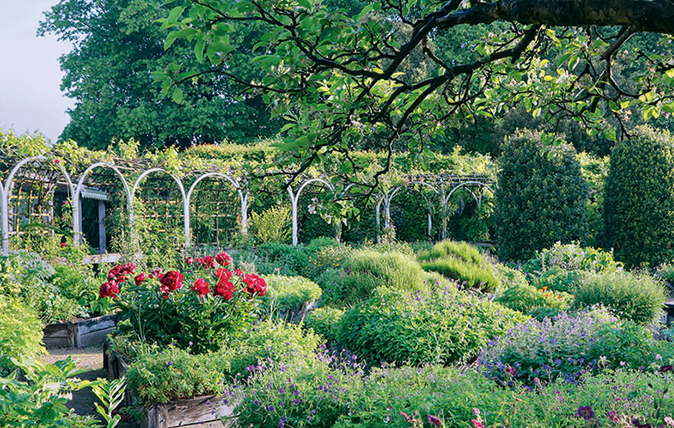
Alan Titchmarsh: The poetic pleasure of plant names
Our gardening expert on the days spent learning the names of some of the most obscure plants in Britain.
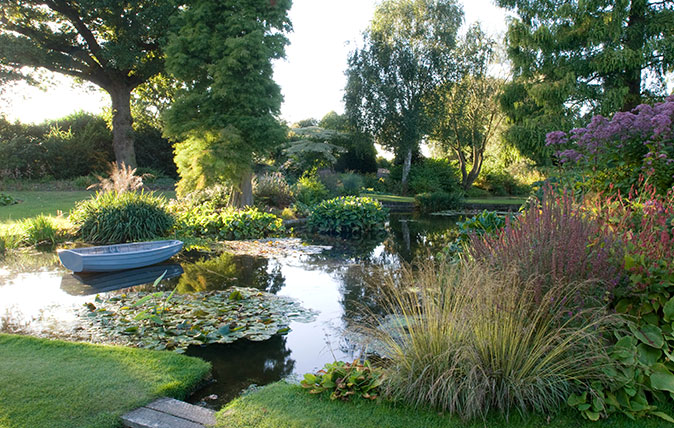
Alan Titchmarsh: How to keep a perfect pond
Alan Titchmarsh says that now is the time to clear out the weeds and keep your pond in top condition
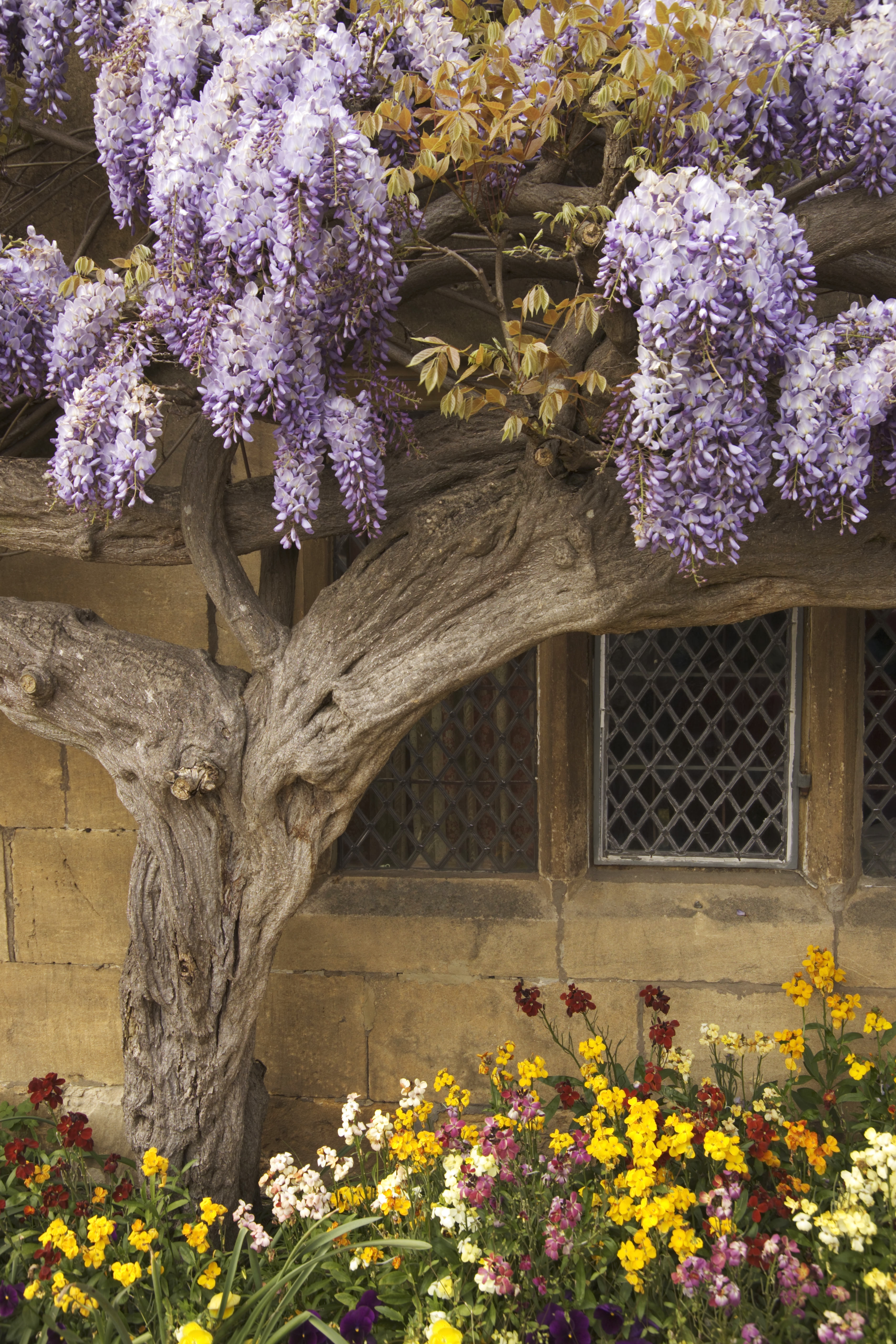
Credit: Getty
Alan Titchmarsh: A foolproof guide to growing wisteria
If you've been enviously eyeing the extraordinary wisteria on display across Britain this summer and wondering how you can grow
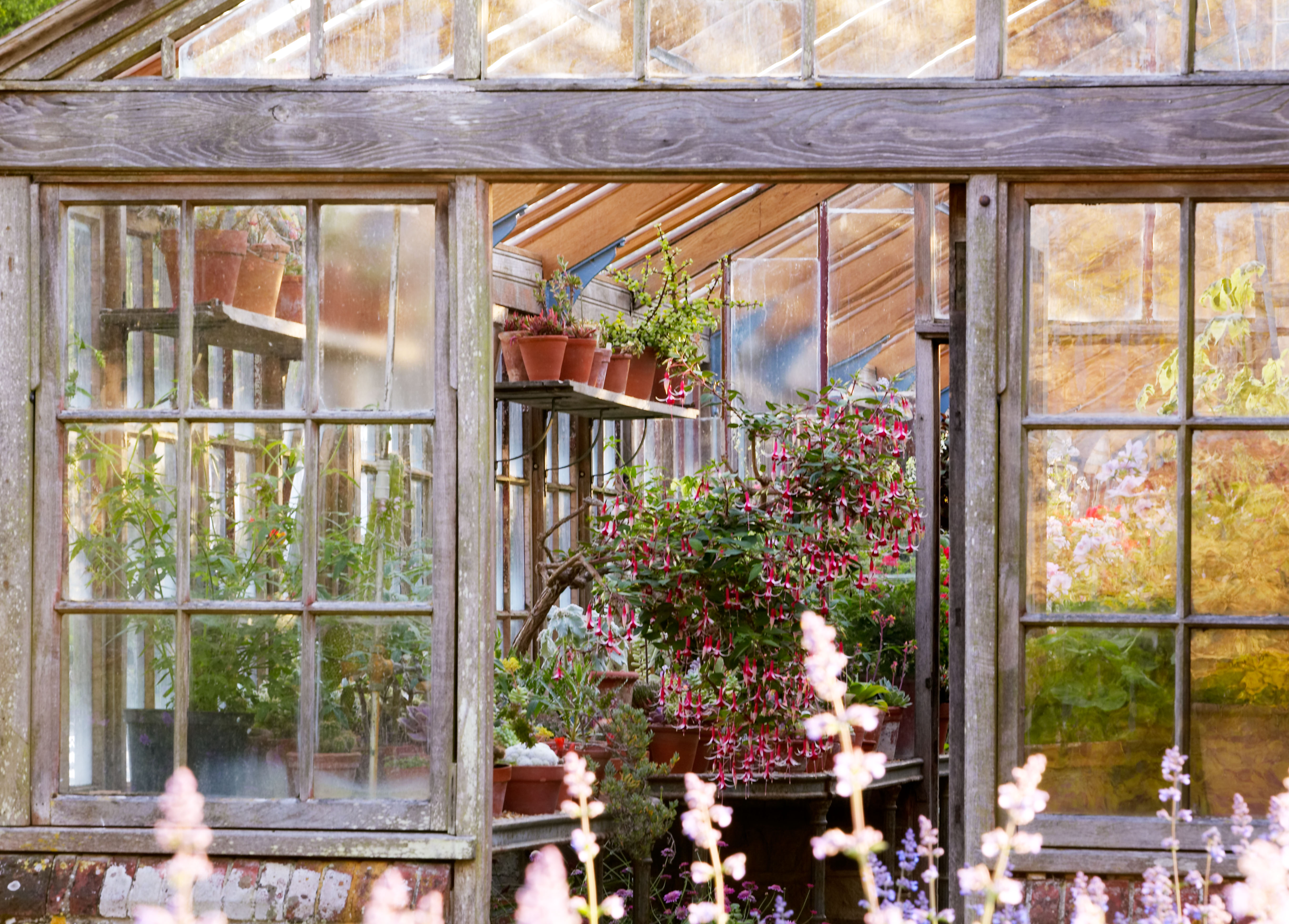
Credit: Alamy
Alan Titchmarsh: How to master the fine art of pottering
As time opens up for all of us to spend more time in the garden, Alan Titchmarsh offers his tips

Credit: Getty
Alan Titchmarsh: Why I relish the worst jobs in gardening
Alan Titchmarsh admits that it's not just gardening's most challenging tasks, but also its the mundane chores that 'give me
Alan Titchmarsh is a gardener, writer, novelist and broadcaster.
